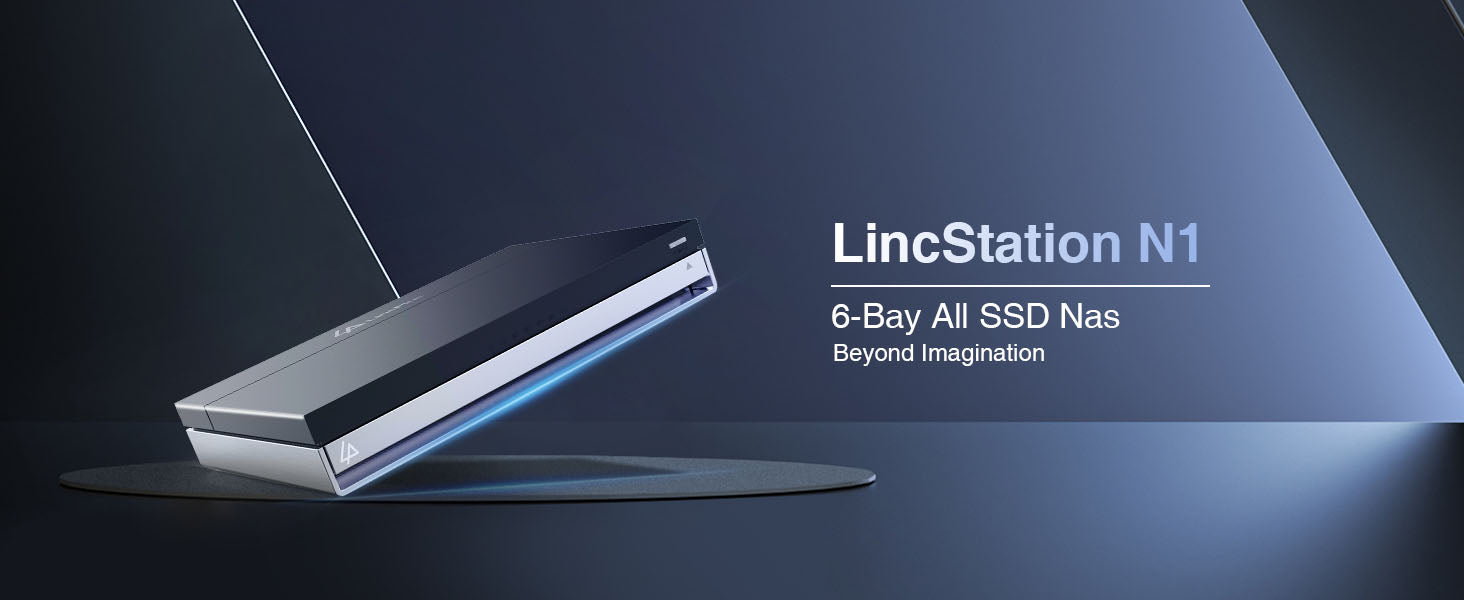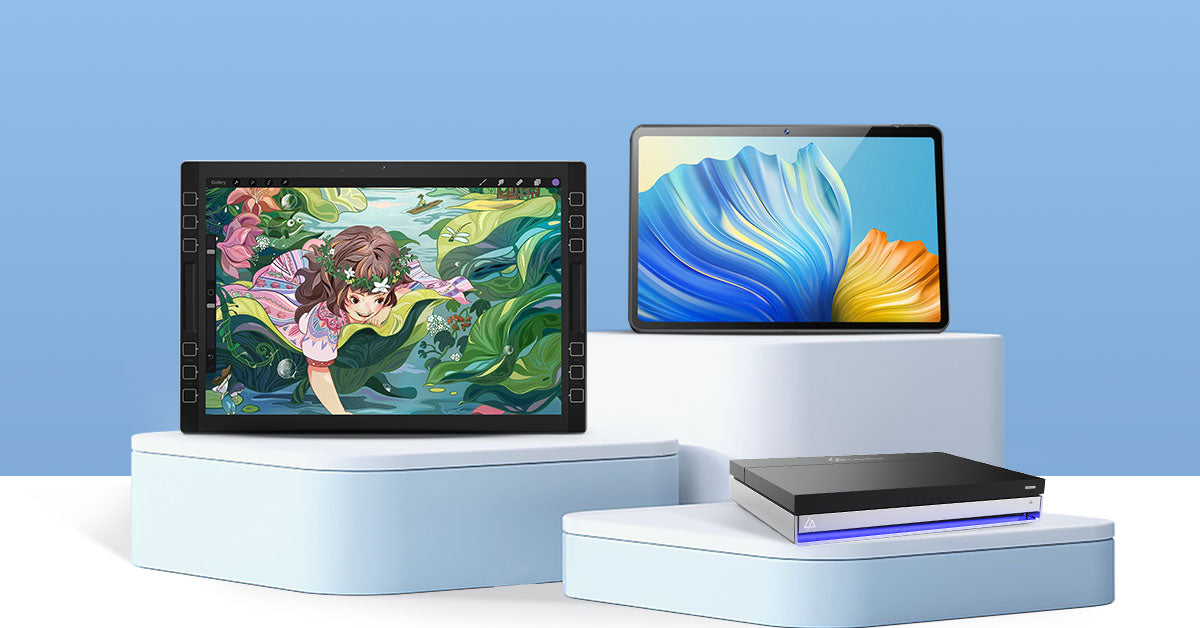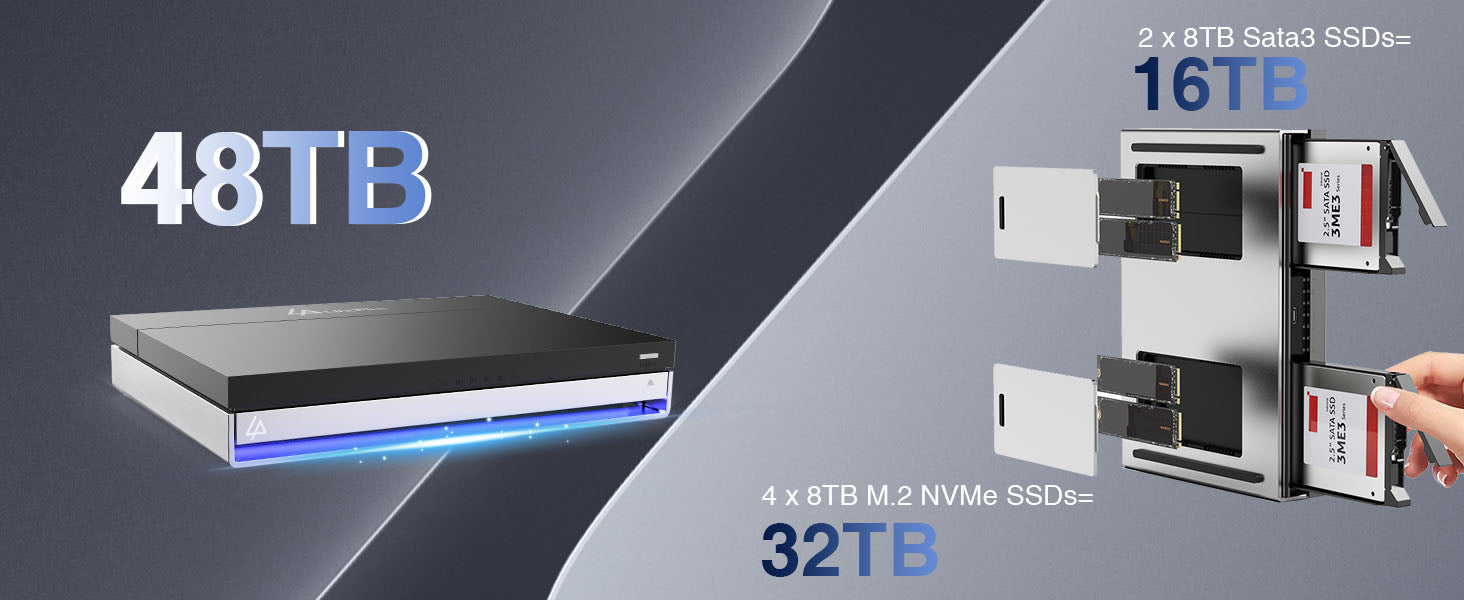Network Attached Storage (NAS) has become an essential component for both home and small business (SMB) environments. With the need for data accessibility, backup, and storage scalability, a reliable NAS system is indispensable. Among the various NAS solutions available, Unraid OS stands out due to its versatility, user-friendly interface, and robust feature set. This guide will explore what Unraid OS is, the advantages of using an Unraid OS NAS, and provide a detailed look at the LincPlus Unraid OS NAS, along with a step-by-step guide on how to use it.
What is Unraid?
Unraid is a Linux-based operating system designed to provide an easy-to-use and flexible platform for building and managing a NAS. Unlike traditional RAID systems, Unraid allows you to mix and match drives of different sizes, which can be added to the array as needed. This makes it an ideal choice for users who want to expand their storage capabilities over time without being constrained by identical drive requirements.
Key Features of Unraid:
- Flexibility: Add any number of drives, of any size, and mix and match them in your array.
- Simplicity: Easy-to-use web interface for managing your storage, VMs, and Docker containers.
- Protection: Offers parity-based protection to safeguard against drive failures.
- Scalability: Easily expand your storage by adding more drives.
- Virtualization: Run virtual machines (VMs) directly from the NAS.
- Docker Support: Host Docker containers to expand functionality with apps like Plex, Nextcloud, and more.
Unraid OS NAS
An Unraid OS NAS leverages the power of the Unraid operating system to provide a versatile and high-performance storage solution. This type of NAS is suitable for both home users who need a media server and small businesses requiring reliable storage for critical data.
Advantages of Unraid OS NAS:
- Cost-Effective: Use off-the-shelf hardware and avoid the high costs of pre-built NAS systems.
- Customizable: Build a NAS that fits your specific needs, whether it's for media streaming, data backup, or running applications.
- Performance: Optimized for speed and efficiency, especially with 2.5GbE connectivity, ensuring fast data transfer rates.
- User-Friendly: The intuitive web interface makes it easy for anyone to set up and manage.
- Community Support: A large, active community provides a wealth of knowledge and assistance.
LincPlus Unraid OS NAS
One of the top choices for an Unraid OS NAS is the LincPlus NAS. This device offers an excellent balance of performance, features, and affordability, making it ideal for both home and SMB users.
Specifications:
|
Feature |
Specification |
|
CPU |
Intel Celeron N5105 |
|
RAM |
16GB DDR4 |
|
Storage |
Supports up to 6 drives (HDD/SSD) |
|
Network |
2.5GbE port |
|
Ports |
USB 3.0, HDMI, and more |
|
OS |
Unraid OS pre-installed |
How to Use the LincPlus Unraid OS NAS:
-
Setup and Installation:
- Unbox the LincPlus NAS and connect it to your network using the 2.5GbE ports.
- Attach your storage drives (HDDs or SSDs).
- Power on the NAS and connect to it via a web browser using the provided IP address.
-
Initial Configuration:
- Log in to the Unraid web interface.
- Configure your array by adding your drives. Unraid will offer options for setting up parity drives for data protection.
- Format the drives as required and start the array.
-
Adding Storage:
- You can add additional drives to the array at any time. Unraid will incorporate them into the array and adjust parity as needed.
- Mix and match drives of different sizes to maximize your storage efficiency.
-
Setting Up Shares:
- Create user shares for different types of data (e.g., media, backups, documents).
- Configure access permissions and set up network sharing (SMB, NFS, AFP).
-
Installing Applications:
- Use the built-in Docker support to install applications like Plex, Nextcloud, or any other Docker container.
- Alternatively, use the Community Applications plugin to browse and install from a wide range of available apps.
-
Running Virtual Machines:
- Utilize the virtualization features to run VMs directly on the NAS.
- Allocate CPU, RAM, and storage resources as needed for your VMs.
-
Backup and Maintenance:
- Set up automated backups to ensure your data is protected.
- Regularly check the health of your drives using the SMART monitoring tools built into Unraid.
- Keep the Unraid OS updated to benefit from the latest features and security patches.
Conclusion
An Unraid OS NAS, particularly the LincPlus Unraid OS NAS, offers a powerful, flexible, and cost-effective solution for both home and SMB users. With its robust feature set, including 2.5GbE connectivity, easy scalability, and support for Docker and VMs, it stands out as an excellent choice for those looking to build a versatile and high-performance NAS system. By following the setup and usage guidelines, users can maximize the potential of their Unraid OS NAS, ensuring reliable and efficient data storage and management.
Additional Resources:
By leveraging the capabilities of Unraid and the LincPlus NAS, you can build a storage solution that meets your unique needs, whether for personal use or to support your small business operations.
FAQ: Unraid OS NAS
- What is Unraid OS and how does it differ from traditional RAID?
Answer:
Unraid OS is a Linux-based operating system designed specifically for managing NAS devices. Unlike traditional RAID, Unraid allows you to use drives of different sizes and types in the same array. You can add new drives to expand your storage at any time, without needing to rebuild the array or match the sizes of existing drives. This flexibility makes Unraid ideal for users who plan to expand their storage over time.
- What are the hardware requirements for running Unraid OS on a NAS?
Answer:
To run Unraid OS, you'll need a 64-bit capable processor (x86_64), at least 2GB of RAM (though 4GB or more is recommended), and a USB flash drive of at least 1GB to boot the OS. The LincPlus Unraid OS NAS, for instance, comes with an Intel Celeron J4125 processor and 8GB of DDR4 RAM, which provides ample performance for most home and small business applications. Additionally, having 2.5GbE network ports enhances data transfer speeds.
- Can I use different sizes and types of drives in my Unraid NAS?
Answer:
Yes, one of the key advantages of Unraid is its ability to mix and match different sizes and types of drives within the same array. This flexibility allows you to maximize your storage capacity and easily expand your system over time without the need for drives to be identical. You can start with a few drives and add more as needed, making Unraid a cost-effective and scalable solution.
- How do I ensure my data is protected on an Unraid NAS?
Answer:
Unraid offers several methods to protect your data:
- Parity Protection: By configuring one or two drives as parity drives, Unraid can recover data from a failed drive.
- Automated Backups: Set up regular backups using plugins or Docker applications to ensure your data is always backed up.
- SMART Monitoring: Utilize the SMART monitoring tools in Unraid to regularly check the health of your drives and receive alerts about potential issues.
- Redundancy: Keep multiple copies of important data across different drives or even in different locations to prevent data loss from hardware failures.




Hinterlasse einen Kommentar
Alle Kommentare werden vor der Veröffentlichung geprüft.
Diese Website ist durch hCaptcha geschützt und es gelten die allgemeinen Geschäftsbedingungen und Datenschutzbestimmungen von hCaptcha.